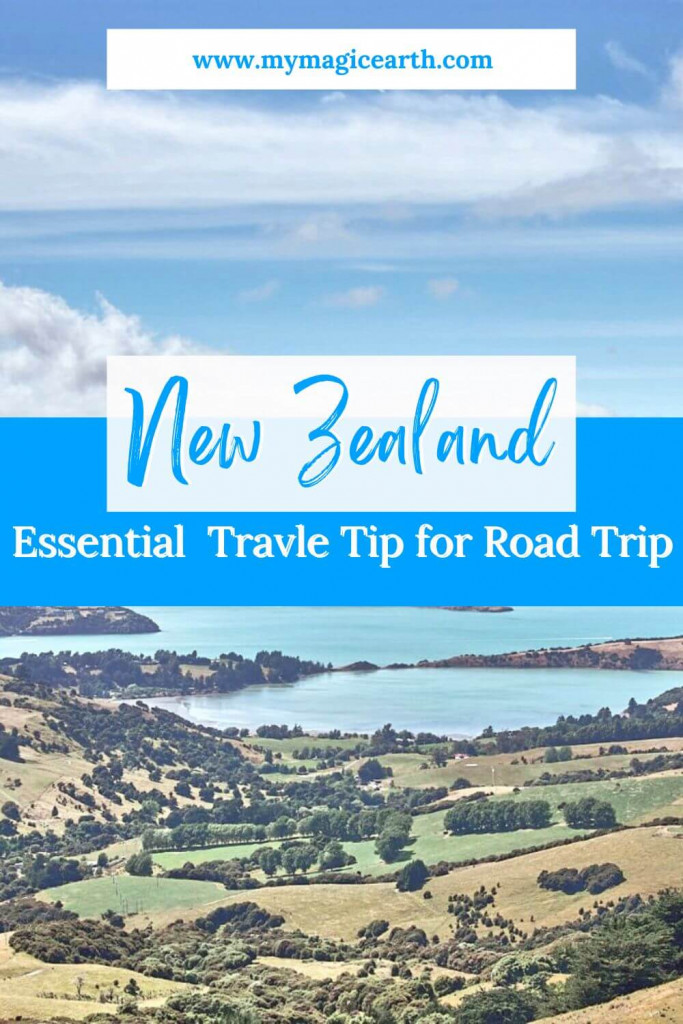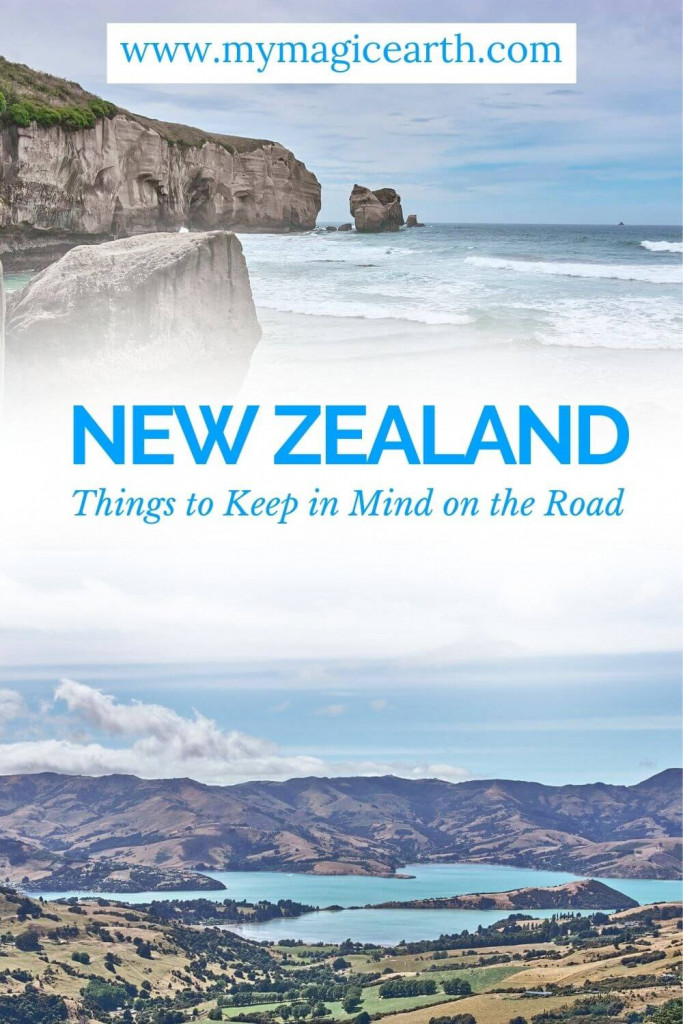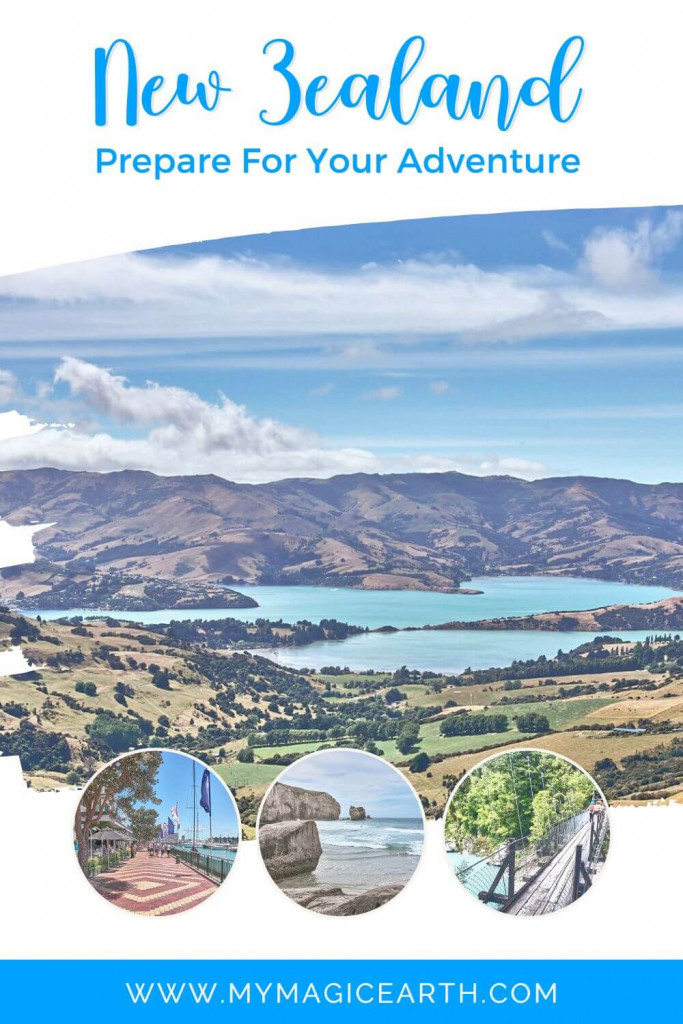This post covers essential things to know before traveling to New Zealand, based on our own experiences during our three-week road trip. While we found many existing lists of tips helpful during our planning, we also discovered additional insights that can enhance the value of a trip to New Zealand, not only for first-timers but for all travelers.
Things to Know Before Traveling to New Zealand
I will specifically highlight the things we personally experienced, providing insights on what to know before traveling to New Zealand. The list of essential information is organized into the following sections:
- Things to be aware of on the road
- What to consider during trip planning
- Personal care issues
- Food-related topics
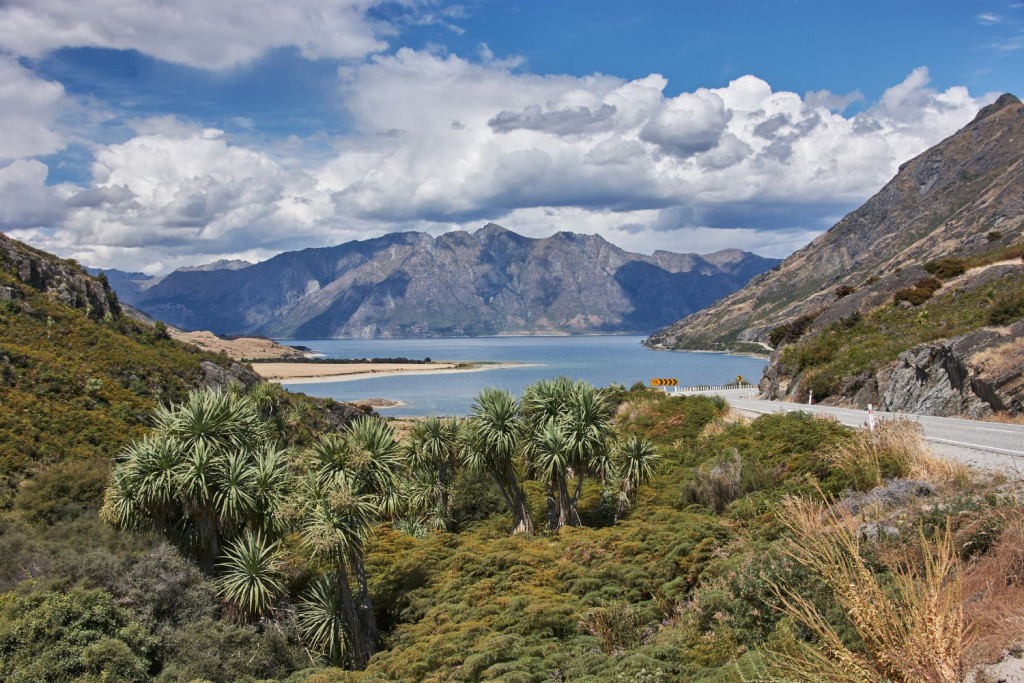
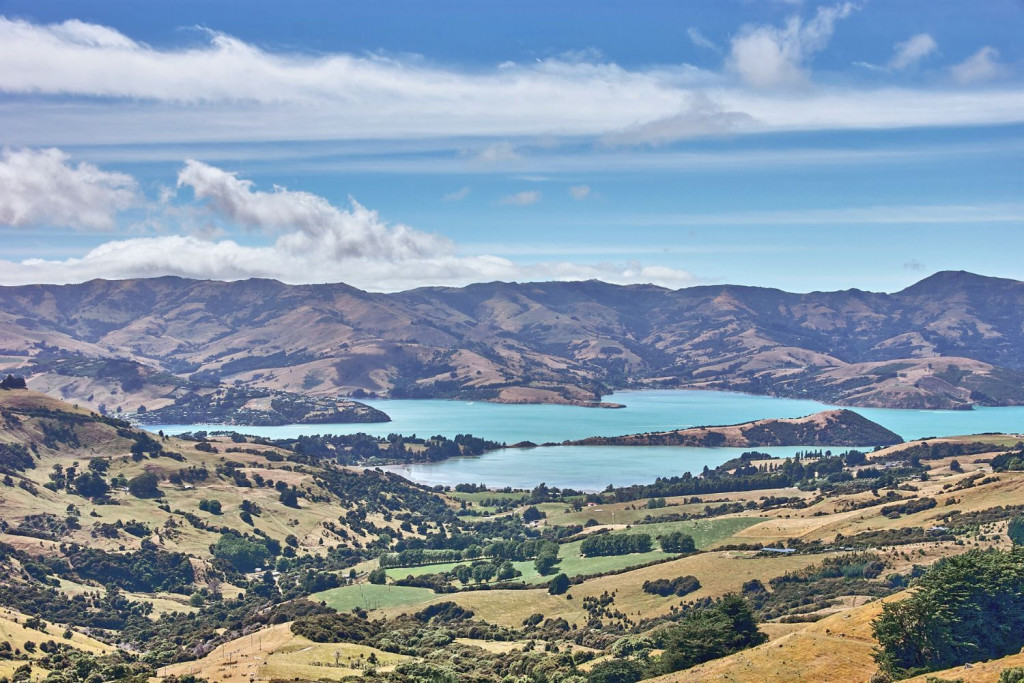
Things to be aware of on the road
Rental car in a shady situation
Opting for a cheap rental car in New Zealand requires caution to avoid receiving an outdated or poorly conditioned vehicle. During our trip, we rented a car through a local rental agent via an online portal. However, upon picking up the car, we discovered that it had over 290,000 km on the odometer, and we could only ascertain that the brakes, motor, and tires were in good condition. Unfortunately, we encountered other issues with the car, including poor overall condition and various malfunctions.
Changes of the speed limits
Driving on the left in NZ is nerve-wracking if used to the right. Don’t overlook speed limits. It’s easy to get caught up in focusing on driving on the left and unintentionally overlook other important traffic rules, such as speed limits. Coming from Germany where high speeds are common, it took us a while to adjust to the local speed limits in New Zealand. Speed limits can change frequently in short distances, making it challenging to keep track of the current limit.
So, it’s important to stay mindful of the speed limits while driving in New Zealand to ensure a safe and enjoyable experience on the road.
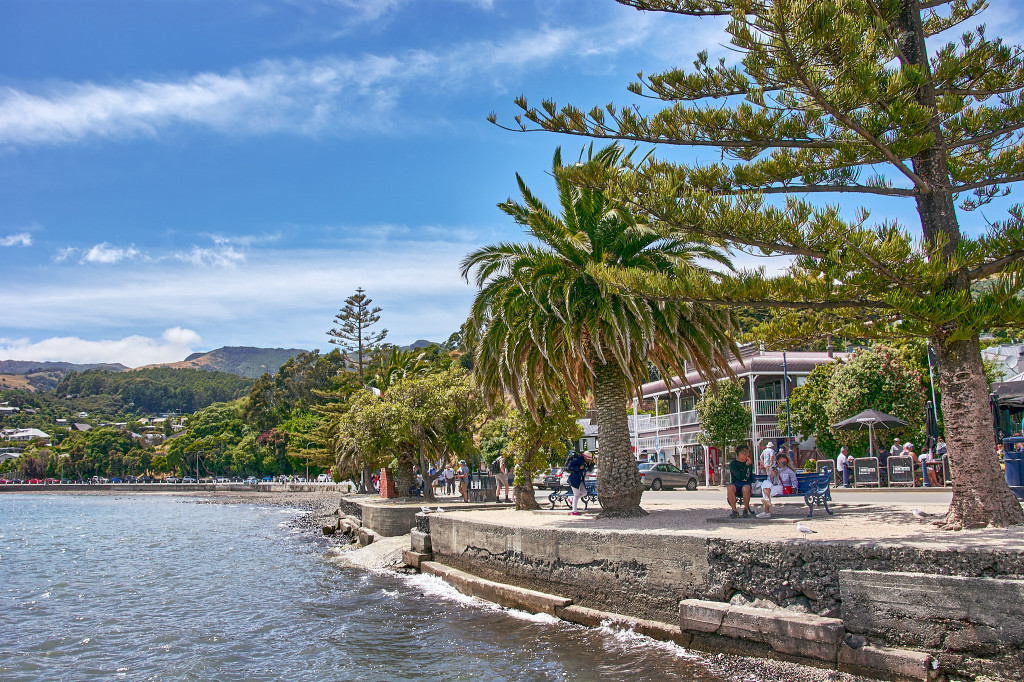
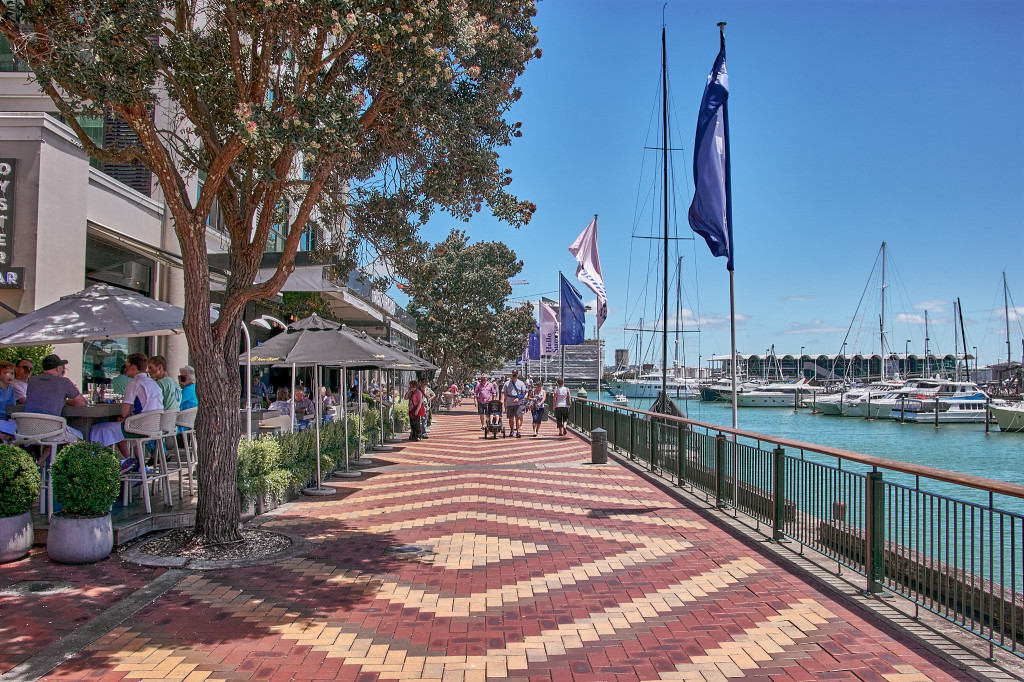
Carry a GPS or an updated map
Since the rental cars in New Zealand are often older models, they typically don’t come with built-in GPS systems. Renting a GPS separately can be costly, so it’s advisable to bring your own GPS device or use an updated map. We downloaded an offline map on our mobile and found free maps at tourist centers, making navigation easy during our road trip.
Having a reliable GPS or an updated map is essential for navigating the beautiful roads of New Zealand and making the most out of your road trip adventure.
Many one-way bridges in remote areas
New Zealand’s rural South Island has many one-way bridges due to cost and road usage reasons. It’s common to come across multiple one-way bridges during a short trip, and some of them can be quite short, making them easy to miss. However, this can be risky if traffic from the other side suddenly appears. Therefore, it’s crucial for drivers to be well-aware of the strict rules when crossing a one-way bridge to ensure safety on the road.
Add enough gasoline before the journey
During our New Zealand road trip, we learned that distances between places, particularly in the South Island, are long. One thing to keep in mind is to ensure you have enough fuel to reach the next town, as gas stations may be scarce along the way. We had a close call when driving to Milford Sound, as we almost ran out of gasoline. Luckily, we realized it in time to avoid a potentially awkward situation.
It’s always a wise idea to fill up with enough fuel before embarking on your journey to avoid any unexpected fuel shortages along the way.
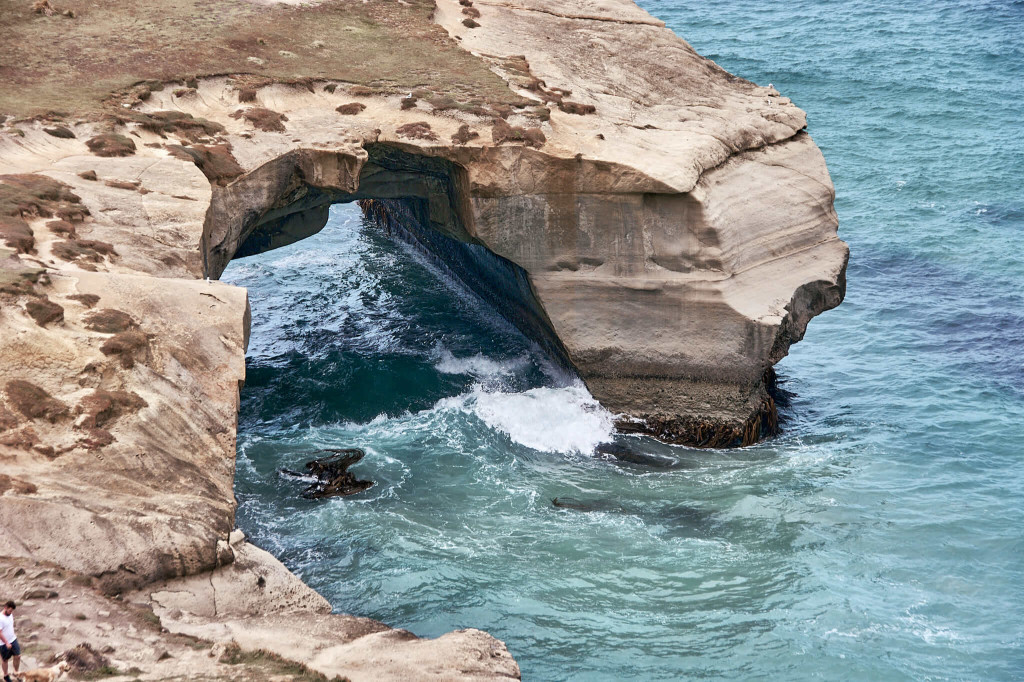
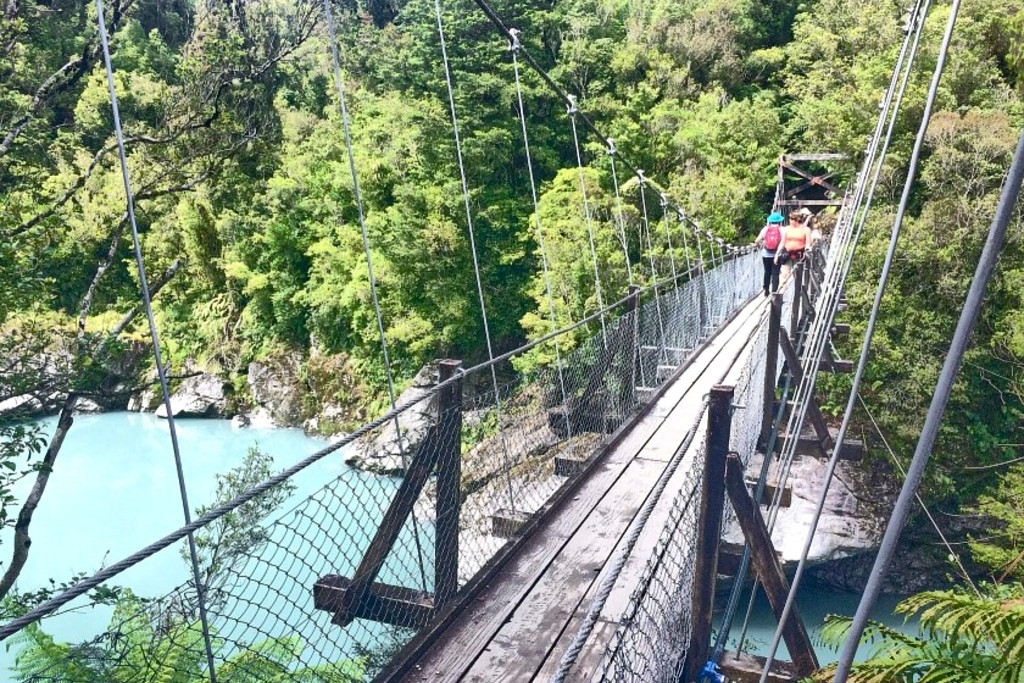
What to consider during trip planning
Plan enough photo time
One of the important things to know before traveling to New Zealand is to plan enough photo time. New Zealand’s breathtaking natural landscapes left me speechless. The majestic mountains, pristine lakes, and verdant valleys were a photographer’s dream. However, I made a mistake by packing my itinerary with too many places and not leaving enough time for photography.
I found myself rushing from one spot to another, barely able to capture the beauty around me. I learned the hard way that taking memorable photos requires time, patience, and careful planning. It’s important to prioritize photography when exploring New Zealand’s scenic wonders and make sure to allocate enough time to capture those unforgettable moments.
Join an organized tour instead of self-driving
One of the valuable lessons we learned during our three-week road trip in New Zealand was the importance of balancing self-driving with organized tours. While driving from one place to another was an adventure in itself, we realized that it also consumed a significant amount of time, causing us to miss out on some events and experiences.
We joined organized tours for a relaxing and well-planned itinerary at reasonable prices. It was a refreshing change to let someone else handle the logistics while we enjoyed the scenery and unique experiences. Don’t underestimate the value of organized tours when visiting New Zealand.
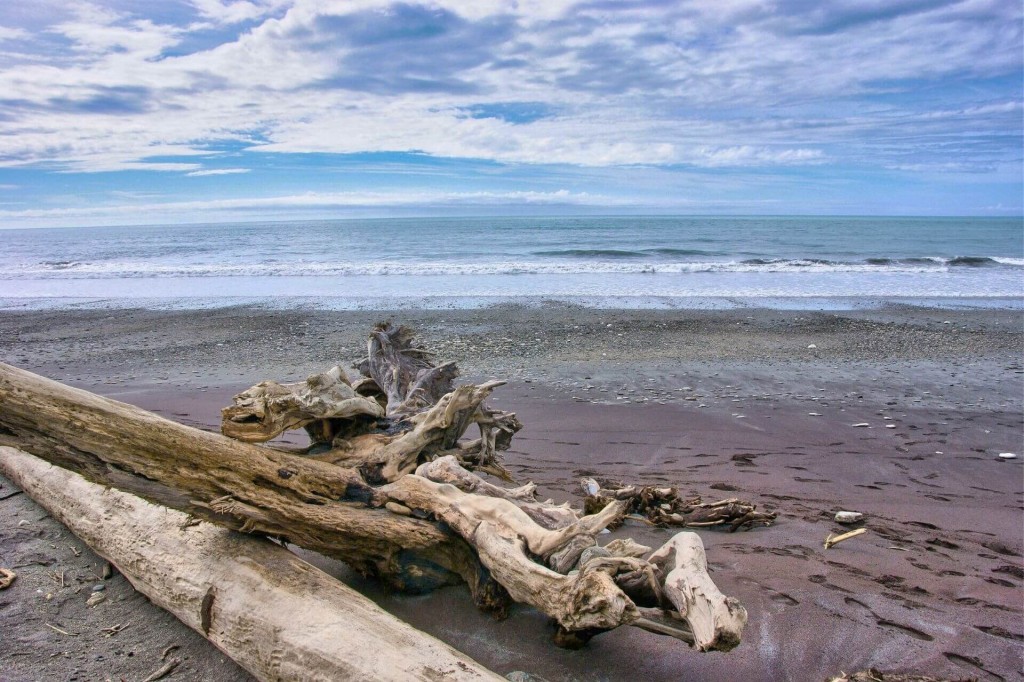

Stay in one place for a couple of days
We couldn’t find hotel chains in most places and had to stay at privately run hotels or homes. These options had fixed check-in and check-out times, which required careful time management. To avoid wasting time on daily hotel changes, we typically stayed in one place for at least two days to cope with these limitations. Despite the challenges, we appreciated the opportunity to experience the local hospitality and immerse ourselves in the unique charm of each location in New Zealand.
Staying in one place for a couple of days allowed us to truly discover and appreciate the local culture, scenery, and attractions, making our trip more memorable and fulfilling.
Book accommodations early enough
During our road trip in New Zealand, we ended up paying an average of around 120 Euros per day for a 3-star or 4-star hotel or apartment, which was higher than our initial budget expectations. Booking difficulties arose a month before the trip, and affordable options became increasingly scarce. We realized that we had booked too late, and as a result, many affordable hotels were already unavailable.
Timely planning and booking are essential during peak travel seasons or popular destinations like New Zealand. This ensures better affordability and availability of accommodation options, as highlighted by our experience.
Expecting Low Internet speed
Despite using the roaming function on our mobile phones, staying connected to the local internet during our trip in New Zealand proved to be challenging. We encountered slow WiFi speeds in many hotels, and even slower speeds while on the road.
As a solution, one can purchase a 4G SIM card at Auckland Airport or Christchurch Airport as a viable option. These SIM cards provided various options for internet connectivity, allowing travelers to stay connected and access faster internet speeds during their travels.
Personal care issues
Be aware of Sandflies
Sandflies are a common sight in the North Island and coastal areas of the South Island. They can bite humans and are found near water and humid bush such as beaches, lakes, and rivers. These day-active sandflies are especially bothersome.
To mitigate their bites, we recommend applying insect repellent regularly when exposed to these areas. It’s a good practice to be proactive in protecting yourself from these pesky insects to make your trip more enjoyable.
Protect yourself from sunburn
The sun in New Zealand can be surprisingly harsh, and we experience this during our Dolphin tour on a cloudy day when we ended up with sunburn.
Equip yourself with sunscreen, hats, and proper clothing to protect against sunburn while traveling in New Zealand. Protect your skin from the harsh NZ sun to ensure an enjoyable, comfortable trip without sunburn discomfort.
Layer your clothing
New Zealand’s climate is known for its variability, with weather conditions that can change dramatically even within short distances. During our own trip, we experienced this firsthand as we moved from one place to another, only to find vastly different weather patterns.
One practical solution was to wear a 3-in-1 jacket on the road, allowing us to easily adjust to varying conditions. Layering clothing is crucial for adapting to ever-changing weather during a New Zealand adventure. Being prepared and wearing clothes in layers will help you stay comfortable and make the most of your trip, regardless of the unpredictable weather patterns in New Zealand.
Food-related topic
High food prices
We were surprised by the relatively high cost of basic food items, such as New Zealand apples and vegetables, in the supermarkets compared to prices in Europe. We calculated the expense of preparing our own meals, and found that it was only slightly cheaper than dining out at a restaurant.
It’s worth considering food costs when budgeting for your trip and exploring alternative options, such as local markets or roadside stalls, to save on food expenses. Careful planning and budgeting can help you make the most of your travel budget during your time in New Zealand.
Expect a different taste of the same food from its origin
Some food items, like baguettes and hams, were different in taste compared to their original counterparts. The baguettes were fluffy but lacked the authentic French flavor, and the hams didn’t taste the same as what we were used to. We also tried Asian food, but it had a distinct local taste. It was a reminder that food can vary in flavor based on regional preferences and local culinary traditions.
Exploring the local cuisine was an interesting experience that highlighted the unique taste preferences of different regions.
Try some Good ciders
In New Zealand, we were surprised by the variety of ciders available in supermarkets, with different fruit flavors beyond the traditional apple cider. They tasted delicious, and we couldn’t help but wonder why they weren’t available in German markets. It was a delightful discovery and a reminder of the diverse culinary offerings in different countries.
The delicious Blue Cod Fish
The salmon was often expensive in supermarkets, but we had the pleasure of indulging in delicious blue codfish at restaurants. The blue cod has a delicate and flaky white flesh with a mild flavor, making it perfect for various cooking methods like chowder soup or frying. It’s exclusively found in New Zealand’s shallow waters around rocky coasts, up to a depth of 150m.
Despite being considered a delicacy, It was reasonably priced at restaurants, allowing us to savor this local specialty without breaking the bank.
Summary of our experience
We learned these valuable insights during our road trip in New Zealand. Planning in detail can help avoid potential discomfort. Spending a few weeks away from home in a foreign country like New Zealand requires careful preparation. We hope that the list of things we shared above will be helpful for your next trip. Being well-prepared and taking into account factors such as weather variability, food prices, and local tastes can greatly enhance your overall experience and make your trip more enjoyable and hassle-free.
